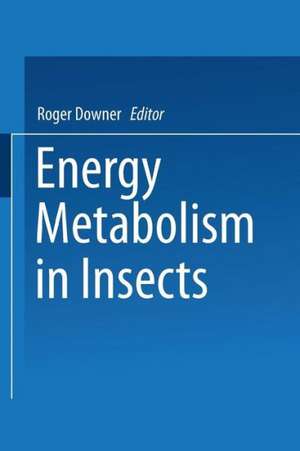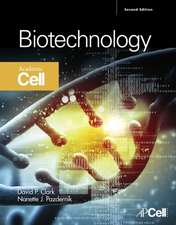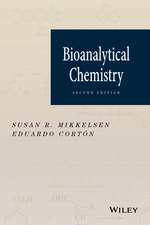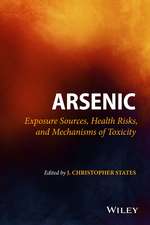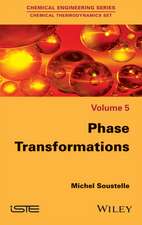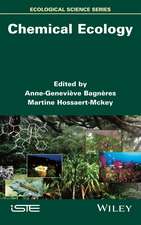Energy Metabolism in Insects
Autor Roger G. H. Downeren Limba Engleză Paperback – 14 feb 2013
Preț: 638.57 lei
Preț vechi: 751.25 lei
-15% Nou
Puncte Express: 958
Preț estimativ în valută:
122.22€ • 127.10$ • 102.27£
122.22€ • 127.10$ • 102.27£
Carte tipărită la comandă
Livrare economică 15-29 martie
Preluare comenzi: 021 569.72.76
Specificații
ISBN-13: 9781461592235
ISBN-10: 1461592232
Pagini: 260
Ilustrații: XII, 244 p. 17 illus.
Dimensiuni: 155 x 235 x 14 mm
Greutate: 0.37 kg
Ediția:Softcover reprint of the original 1st ed. 1981
Editura: Springer Us
Colecția Springer
Locul publicării:New York, NY, United States
ISBN-10: 1461592232
Pagini: 260
Ilustrații: XII, 244 p. 17 illus.
Dimensiuni: 155 x 235 x 14 mm
Greutate: 0.37 kg
Ediția:Softcover reprint of the original 1st ed. 1981
Editura: Springer Us
Colecția Springer
Locul publicării:New York, NY, United States
Public țintă
ResearchCuprins
1 Physiological and Environmental Considerations in Insect Bioenergetics.- 1. Introduction.- 2. Energy Flow.- 3. Interspecific Considerations in Bioenergetics.- 4. Factors Influencing Bioenergetic Flow in Individuals.- 5. Conclusion.- References.- 2 Hormonal Regulation of Substrate Transport and Metabolism.- 1. Introduction.- 2. Hyperglycemic Hormones.- 3. Hypoglycemic Hormones.- 4. Adipokinetic Hormone.- 5. Octopamine.- 6. Juvenile Hormones and Ecdysones.- 7. Other Hormones.- References.- 3 Role of Lipids in Energy Metabolism.- 1. Introduction.- 2. Lipids as an Energy Source in Development.- 3. Utilization of Lipids during Flight.- References.- 4 The Role of Carbohydrate Metabolism in Physiological Function.- 1. Introduction..- 2. Synthesis of Hemolymph Trehalose.- 3. Carbohydrate as an Energy Source in Flight Muscle.- 4. The Biosynthesis of Antifreeze.- 5. Energy Metabolism in the Rectum.- References.- 5 The Role of Proline in Energy Metabolism.- 1. Introduction.- 2. Proline Metabolism.- 3. Discussion.- References.- 6 Lipid Transport by Hemolymph Lipoprotein—A Possible Multiple Role of Diacylglycerol-Carrying Lipoprotein.- 1. Introduction.- 2. Purification and Function of DGLP.- 3. Physicochemical Nature of DGLP.- 4. Possible Multiple Role of DGLP—Comparison with Mammalian System.- 5. Possible Metabolic Regulation of DGLP.- References.- 7 Energy Metabolism in the Insect Nervous System.- 1. Introduction.- 2. Oxygen Uptake Studies.- 3. Activities of Enzymes Associated with Glycolysis and the Citric Acid Cycle.- 4. Fuels.- 5. Exogenous Substrates Other than Carbohydrate.- 6. Endogenous Substrates.- 7. Conclusion.- References.- 8 Neuroendocrine Regulation of Mitochondrial Development and Function in the Insect Fat Body.- 1. Introduction.- 2. Endocrine Regulation ofFat Body Respiration.- 3. Respiratory Development in the Fat Body..- 4. Fat Body Maturation.- 5. Endocrine Regulation of Mitochondrial Development.- 6. Cytochromogenic Factor.- 7. Significance and Conclusions.- References.
